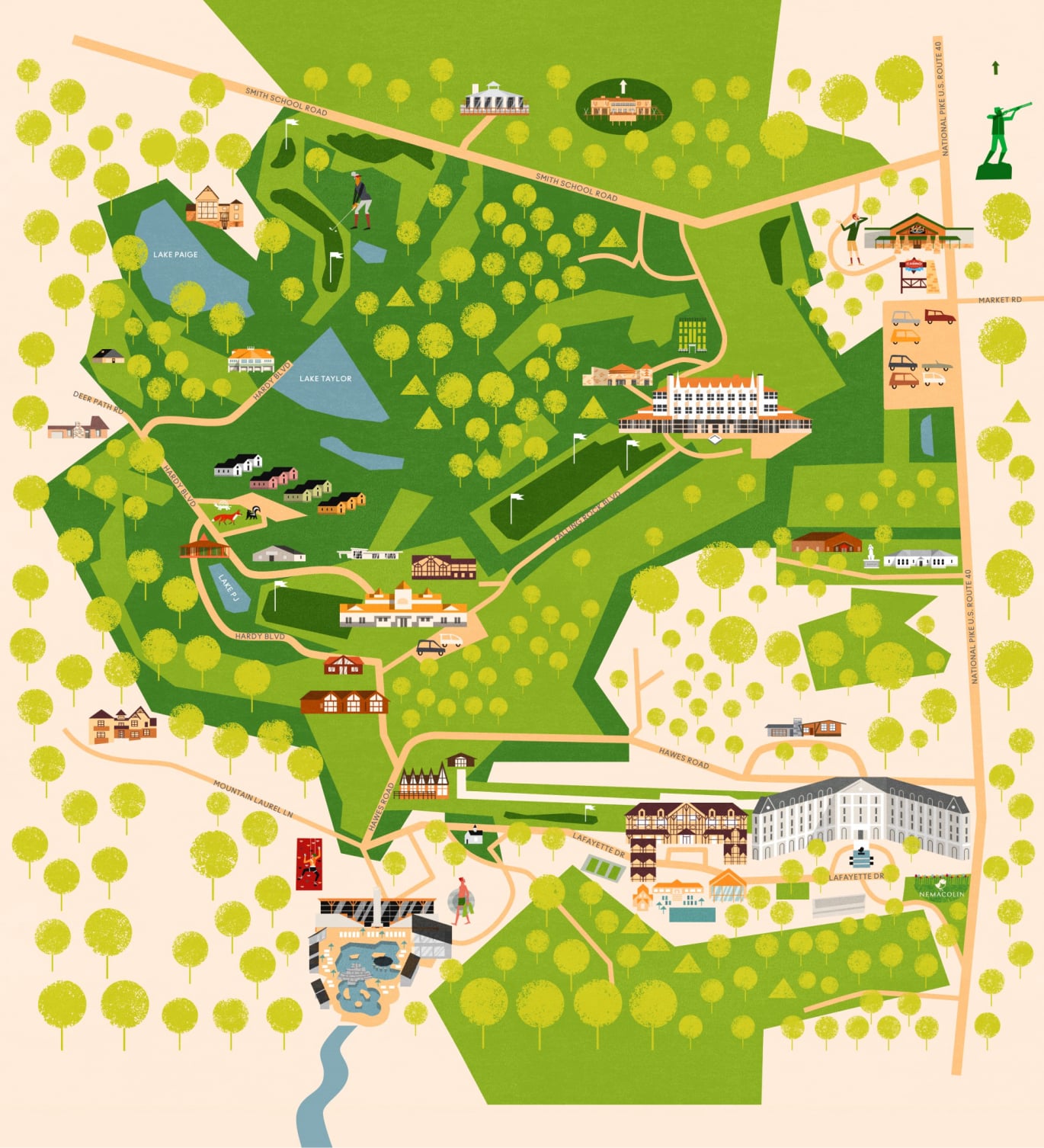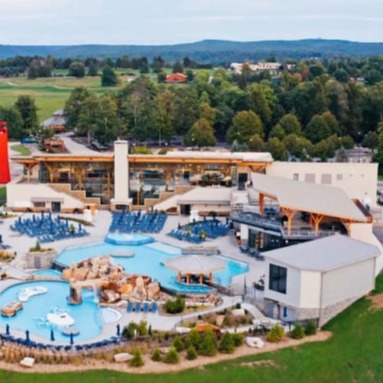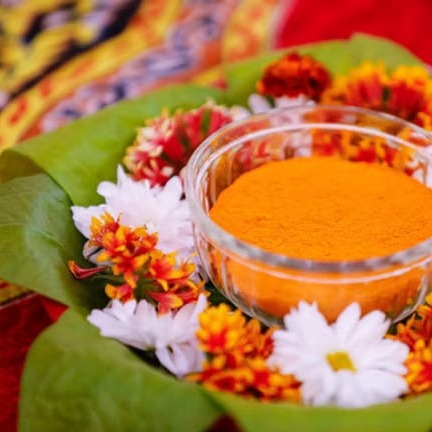Haldi Ceremony
A traditional preparatory ceremony in Indian Weddings
The Haldi ceremony is a deeply symbolic and joyful pre-wedding ritual observed in both Punjabi and Bengali weddings, albeit with regional variations. In Punjabi Hindu weddings, the ritual is also known as Vatna or Maiyan, typically held a day or two before the wedding. The bride and groom are each anointed with a paste made of turmeric, sandalwood, rosewater, and sometimes mustard oil by married women of the family. The ceremony is accompanied by traditional songs (boliyan) and laughter, and the event is as much about family bonding as it is about spiritual cleansing. The ritual usually takes place at home, and the atmosphere is festive, with the bride and groom dressed in simple yellow clothing symbolizing auspiciousness.
In Bengali weddings, the Haldi ceremony is called Gaye Holud (literally "body turmeric") and is a more elaborate affair. Traditionally, the turmeric paste is first applied to the groom in his home and then sent to the bride’s house, where her ceremony takes place. In a distinct ritual, the turmeric paste, along with gifts and sometimes a fish (a symbol of fertility), is carried in a procession. At the bride’s house, female relatives apply the turmeric paste to her face, arms, and feet. The Gaye Holud marks the beginning of the bridal beautification process and is usually followed by a meal of traditional sweets and festivities. The ceremony reflects community involvement and showcases Bengali customs through music, food, and decor.
The significance of the Haldi/Gaye Holud ceremony goes beyond aesthetics. Turmeric is known for its antiseptic, beautifying, and calming properties, and its application is believed to purify the body and soul before the sacred union. Spiritually, the yellow color represents prosperity, and the act of anointing the bride and groom is a symbolic blessing from elders to ward off evil spirits. Psychologically, it also allows both families to bond and participate in the upcoming transformation of two individuals into a couple. Though practiced differently, both Punjabi and Bengali versions of the ritual serve as a meaningful and joyous prelude to the wedding day.


